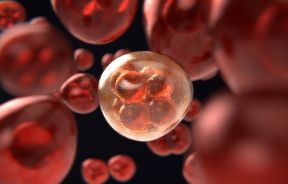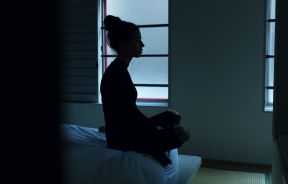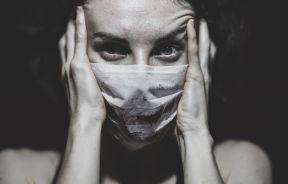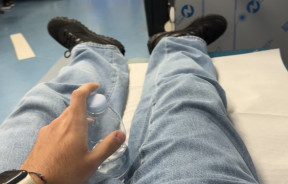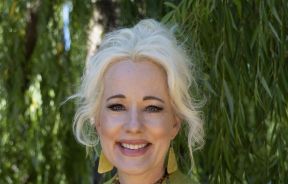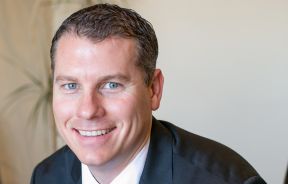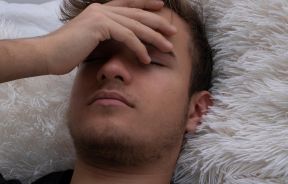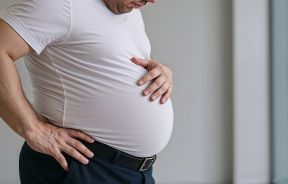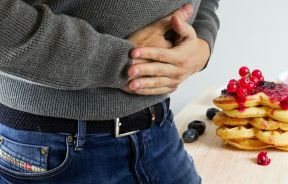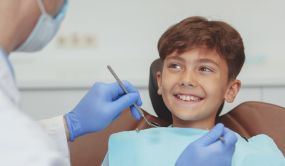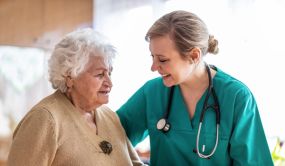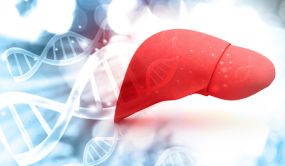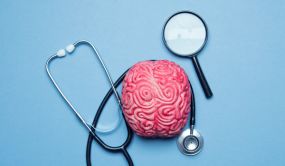In-Womb Stem Cell Therapy Trial For Brittle Bone Disease Will Begin This January
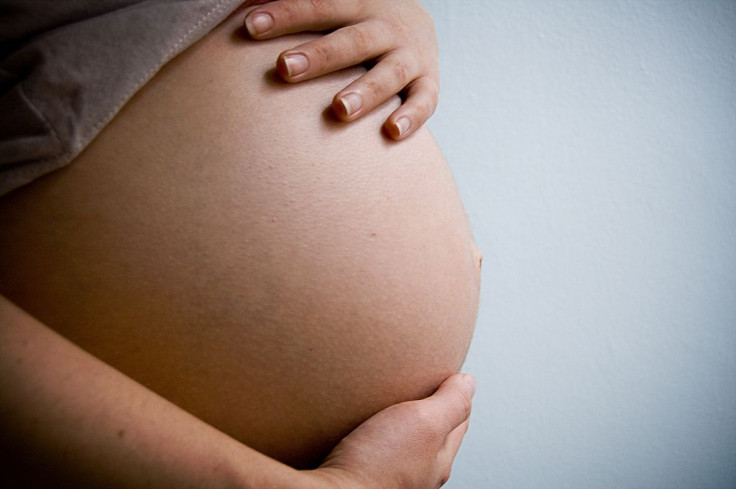
This upcoming January, British scientists will begin stem cell trials on patients still developing in their mother’s womb. The doctors will inject donated fetal stem cells into unborn babies in an effort to relieve the symptoms of a painful and incurable bone condition known as osteogenesis imperfecta.
Adam Reynolds can’t remember how many times he’s broken a bone, but he’d put it at somewhere between 30 and 40, he told the BBC. The 21-year-old accountant was born with osteogenesis imperfecta, also known as brittle bone disease, and, like others with the condition, Reynolds's bone are far more fragile than the average person's. This puts him at a greater risk of fractures.
The genetic condition is caused by a fault in one of the genes responsible for creating collagen, a protein that’s crucial to bone strength. As a result, babies with osteogenesis imperfecta are often born with multiple fractures, and some die soon from their injuries. Those who survive face a lifetime of brittle bones and teeth, impaired hearing, and growth problems.
There is no cure for the condition, but researchers hope that replacing the faulty genes with functioning ones during the early stages of development will help to minimize the disease's symptoms. The procedure consists of taking genes specifically associated with the development of healthy bone and muscle from terminated pregnancies, and injecting them into the womb at 20 to 34 weeks of pregnancy — this time frame is reportedly best for reducing the risk of adverse effects.
Fifteen babies have been chosen to undergo the procedure in vitro, and another 15 will get the injections soon after birth. All patients will also receive follow-up injections for the first two years of their lives. The team plans on comparing the results of these two groups to untreated patients in order to identify which, if any, method produces the best results.
Two individuals have already undergone the stem cell procedure while in the womb. The Daily Mail reported that of the two, one girl, now 13 years old, is strong enough to partake in gymnastics and dancing lessons. However, this trial represents the first time the treatment will be done on a large scale, meaning scientists will be able to determine the effects of the procedure more accurately. Brittle bone disease symptoms vary so greatly among patients, which may make it difficult to predict how a treatment which helped one patient will affect another.
“How will we know whether a milder phenotype (symptoms) in a child that received the treatment is natural or is a result of the treatment?" Dr Dusko Ilic, a reader in stem cell science at King's College London in the UK, told the BBC.
Aside from brittle bone disease, the researchers also believe results from their trial will provide insight into the development of more effective treatments for other similar conditions, such as Duchenne muscular dystrophy. Despite these various obstacles and risks associated with the procedure, the doctors explained that any attempt to help osteogenesis imperfecta patients “is more than welcome.”
